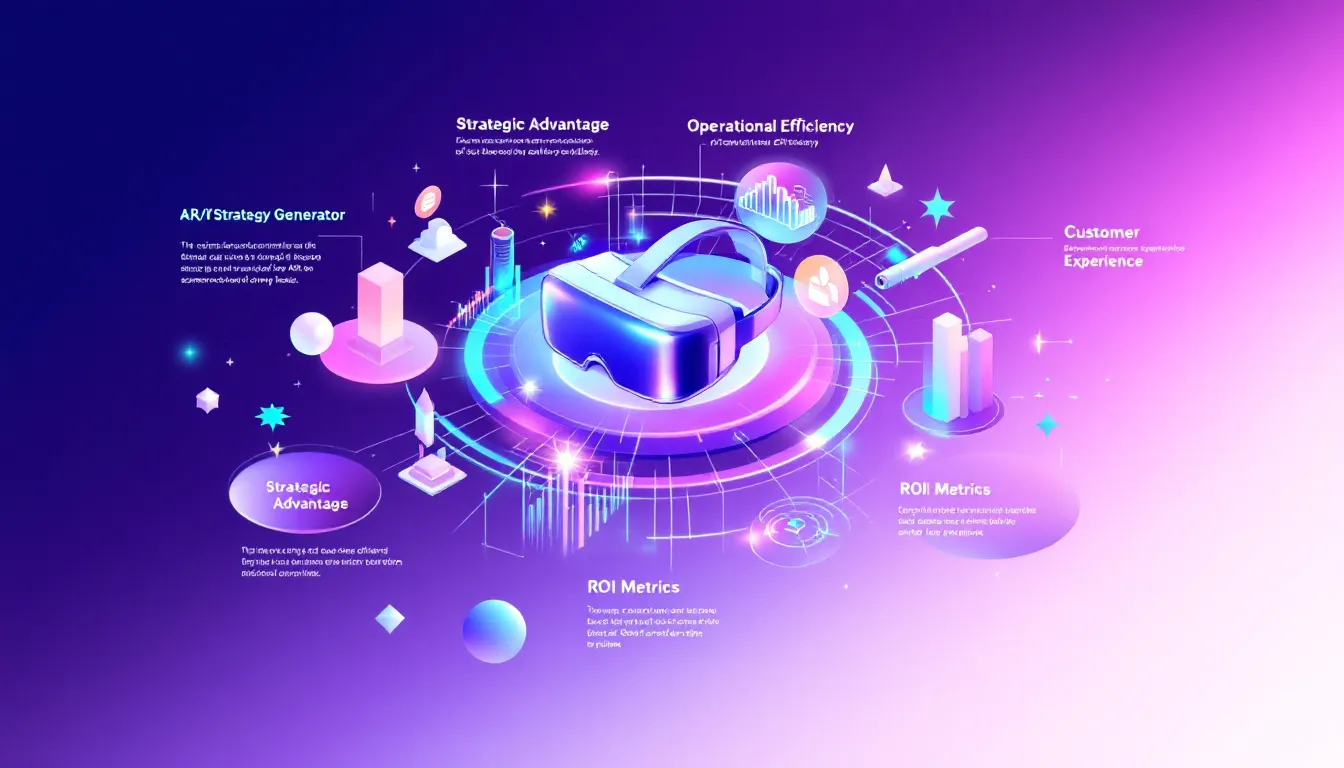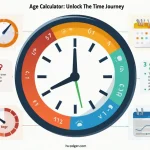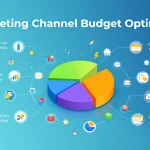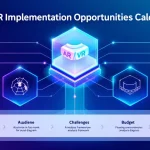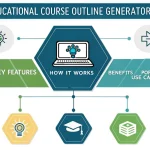Is this tool helpful?
How to Use the AR/VR Distribution Strategy Generator Effectively
To create a tailored AR/VR distribution strategy with this tool, carefully complete each input field with accurate and relevant information. This ensures the generated strategy fits your unique business needs and maximizes impact.
Step-by-Step Instructions
- Business Type: Provide your industry sector clearly. Example inputs: “Automotive Manufacturing” or “Event Management Services”.
- Target Audience Description: Describe your audience demographics and preferences, including tech familiarity. Example inputs: “Millennial gamers aged 20-35 who use VR headsets regularly” or “Corporate professionals aged 30-50 interested in virtual conferences”.
- Current Challenges: List the specific obstacles your business faces related to marketing, engagement, or operations. Example inputs: “Low event attendance despite heavy online marketing” or “Difficulty demonstrating complex machinery features remotely”.
- Experience Goals: (Optional) Explain what immersive AR/VR experiences you want to achieve to meet your objectives.
- Available Resources: (Optional) Detail your budget limits, team skills, hardware, or software constraints for implementation.
What Is the AR/VR Distribution Strategy Generator and How It Works
This tool helps you develop customized AR and VR distribution strategies that enhance customer engagement and solve business challenges. It uses your input about industry, target audience, and goals to generate focused recommendations that align immersive technology with your marketing and operational needs.
Key Features of the Strategy Generator
- Industry-specific AR/VR best practice suggestions for your business sector
- Mapping customer engagement pathways through immersive experiences
- Analysis of technical requirements and resource allocation
- Guidance on optimizing distribution channels for AR/VR content
- Assessment of potential return on investment (ROI) for AR/VR initiatives
Practical Applications of the AR/VR Distribution Strategy Generator
Use this tool to streamline your AR/VR marketing efforts and improve customer experiences across various industries. Here are examples showing how businesses apply the generated strategies:
Retail Industry
- Deploy AR apps for interactive product demos in-store
- Create virtual try-on experiences for apparel or accessories
- Offer VR-driven immersive brand storytelling events
Education Sector
- Develop VR labs for remote science experiments
- Run AR-enhanced textbooks with interactive 3D content
- Host immersive virtual classrooms to increase engagement
Healthcare Industry
- Provide AR-guided surgical training simulations
- Use VR for patient therapy and rehabilitation programs
- Enable remote diagnostics through immersive telemedicine platforms
Real Estate Market
- Create virtual property tours for remote clients
- Visualize architectural modifications in AR before construction
- Enhance customer personalization with interactive design tools
Benefits You Gain by Using This AR/VR Strategy Tool
1. Strategic Market Positioning
- Stand out with AR/VR experiences tailored to your specific audience
- Identify innovative ways to engage and retain customers
- Drive growth through immersive technology adoption
2. Enhanced Operational Efficiency
- Streamline AR/VR content delivery aligned with your resources
- Reduce time-to-market for immersive campaigns
- Optimize budget allocation based on clear resource insights
3. Improved Customer Experiences
- Provide personalized and interactive AR/VR journeys
- Improve product understanding through virtual visualization
- Increase engagement and customer satisfaction rates
Frequently Asked Questions About the AR/VR Distribution Strategy Generator
Which businesses benefit most from this AR/VR strategy tool?
Businesses across retail, education, healthcare, real estate, manufacturing, and entertainment gain valuable AR/VR insights tailored to their sector and audience.
How long does an AR/VR strategy take to implement from this generator?
Initial AR/VR deployments typically take 3 to 6 months, with full-scale implementations running 12 to 18 months depending on project complexity.
What return on investment (ROI) can I expect from these AR/VR strategies?
You can expect increased engagement between 30% and 50%, conversion rate improvements of 20% to 40%, and operational cost reductions of 15% to 25%, varying by industry and application.
Do I need technical expertise to use or implement the strategy?
While having technical skills helps, the generator offers actionable recommendations that suit various expertise levels, including partnering with AR/VR service providers.
Can small businesses benefit from AR/VR distribution strategies?
Yes. The tool creates scalable strategies that fit small businesses’ resources and goals, enabling affordable AR/VR adoption.
How do AR/VR strategies improve customer engagement?
These strategies increase engagement time, boost interaction rates, enhance brand recall, and foster satisfaction through immersive and interactive experiences.
What are key success factors for implementing AR/VR strategies?
Success depends on clear goals, well-defined audiences, quality content, robust technical setups, and seamless, consistent user experiences across devices.
How can I measure success after implementing the AR/VR strategy?
Track user engagement metrics, conversion rates, customer satisfaction scores, ROI calculations, and operational efficiency improvements to measure impact effectively.
Important Disclaimer
The calculations, results, and content provided by our tools are not guaranteed to be accurate, complete, or reliable. Users are responsible for verifying and interpreting the results. Our content and tools may contain errors, biases, or inconsistencies. Do not enter personal data, sensitive information, or personally identifiable information in our web forms or tools. Such data entry violates our terms of service and may result in unauthorized disclosure to third parties. We reserve the right to save inputs and outputs from our tools for the purposes of error debugging, bias identification, and performance improvement. External companies providing AI models used in our tools may also save and process data in accordance with their own policies. By using our tools, you consent to this data collection and processing. We reserve the right to limit the usage of our tools based on current usability factors.
